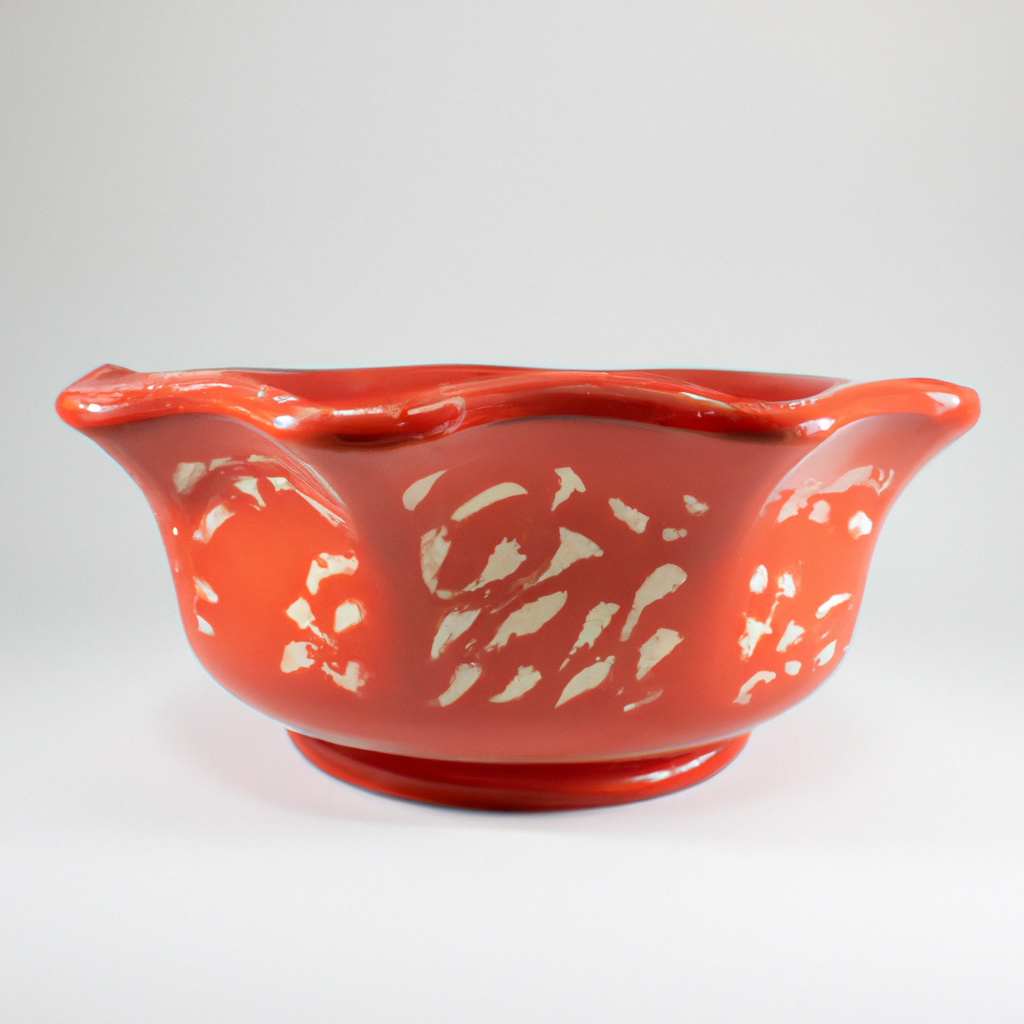
Exploring the Popularity of Testing Out a New Batch of Cone 6 White Clay
In the world of ceramics, testing out a new batch of Cone 6 white clay has gained significant popularity among artists and potters. This type of clay is favored for its versatility and the quality of work it can produce. However, as more artisans experiment with different clays, the need for a thorough analysis of the pros and cons becomes essential. Understanding these aspects not only helps in making an informed choice but also enhances artistic expression and quality in ceramic work.
The Advantages of Cone 6 White Clay
- Versatility in Projects:
Cone 6 white clay is suitable for a wide range of ceramic projects, from functional ware to artistic pieces. Its adaptability makes it an ideal choice for both beginners and experienced potters.
- Excellent White Color:
This clay provides a bright white canvas that enhances glazes and underglazes. The resulting colors are vibrant and true, making it perfect for decorative work.
- Good Workability:
Cone 6 white clay is known for its ease of handling. It maintains its shape well during both the throwing and hand-building processes, allowing artists to achieve precise details in their work.
- Durability:
Once fired, this clay exhibits impressive strength and durability. It can withstand daily use, making it an excellent choice for tableware and other functional items.
- Availability:
Many suppliers offer Cone 6 white clay, making it easily accessible for ceramic artists. This widespread availability ensures that potters can consistently source their preferred materials.
Understanding the Disadvantages of Cone 6 White Clay
- Limited Texture Options:
While Cone 6 white clay is versatile, it may not offer the same textural variations as other clay types. Artists who favor unique textures might find this limiting.
- Firing Temperature Sensitivity:
This clay is specifically formulated for Cone 6 firing. If fired at incorrect temperatures, the results can be disappointing, leading to issues such as warping or cracking.
- Glaze Compatibility:
Some glazes may not work well with Cone 6 white clay, leading to potential incompatibility issues. It’s crucial for potters to test glazes beforehand to avoid unexpected results.
- Cost Considerations:
Cone 6 white clay can be more expensive than other clays, particularly for those on a tight budget. This cost factor may deter some new potters from experimenting with it.
- Drying Time:
This type of clay may have a longer drying time compared to other clays. Artists need to plan their projects carefully to avoid issues related to drying and handling.
Strategies to Mitigate the Disadvantages of Cone 6 White Clay
- Testing and Experimentation:
Before committing to a project, conduct tests with various glazes to determine compatibility. This proactive approach can save time and resources in the long run.
- Temperature Monitoring:
Invest in a reliable pyrometer to ensure that your kiln is firing at the correct temperatures. Regularly checking and calibrating your equipment can prevent common firing issues.
- Budgeting for Quality:
While Cone 6 white clay can be pricier, consider it an investment in quality. Budgeting for this clay can allow for better overall results, leading to greater satisfaction with the final products.
Finding the Balance in Using Cone 6 White Clay
In conclusion, testing out a new batch of Cone 6 white clay presents both exciting opportunities and notable challenges. Its advantages, including versatility, durability, and excellent color, make it a favorite among many ceramic artists. However, the disadvantages, such as limited textures and firing sensitivities, require careful consideration.
By employing strategies such as thorough testing and monitoring firing conditions, artists can effectively mitigate the downsides. Ultimately, the successful use of Cone 6 white clay hinges on understanding its characteristics and making informed decisions.
As you embark on your ceramic journey, weigh the pros and cons thoughtfully, and let your creativity flourish with this remarkable material.


